Naveed Ur Rehman
Performance Characterization of Image Feature Detectors in Relation to the Scene Content Utilizing a Large Image Database
Oct 13, 2017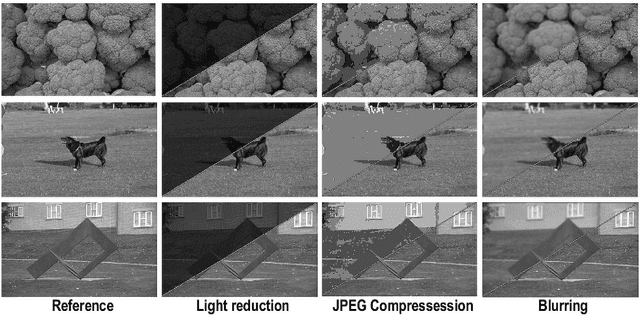
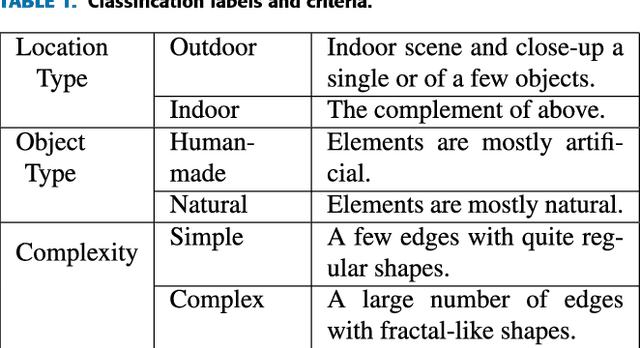
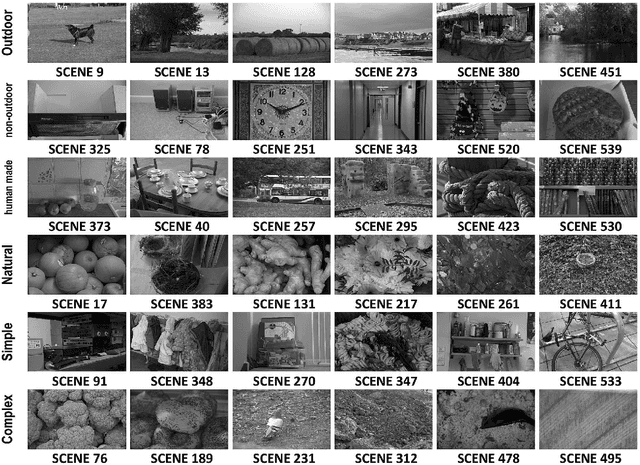
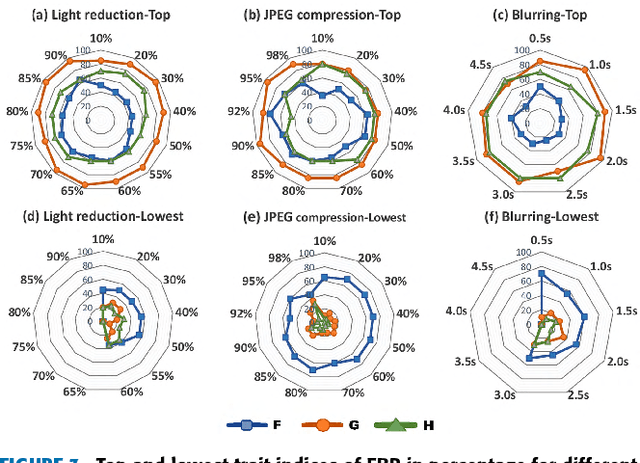
Abstract:Selecting the most suitable local invariant feature detector for a particular application has rendered the task of evaluating feature detectors a critical issue in vision research. Although the literature offers a variety of comparison works focusing on performance evaluation of image feature detectors under several types of image transformations, the influence of the scene content on the performance of local feature detectors has received little attention so far. This paper aims to bridge this gap with a new framework for determining the type of scenes which maximize and minimize the performance of detectors in terms of repeatability rate. The results are presented for several state-of-the-art feature detectors that have been obtained using a large image database of 20482 images under JPEG compression, uniform light and blur changes with 539 different scenes captured from real-world scenarios. These results provide new insights into the behavior of feature detectors.
Higher-Degree Stochastic Integration Filtering
Aug 01, 2016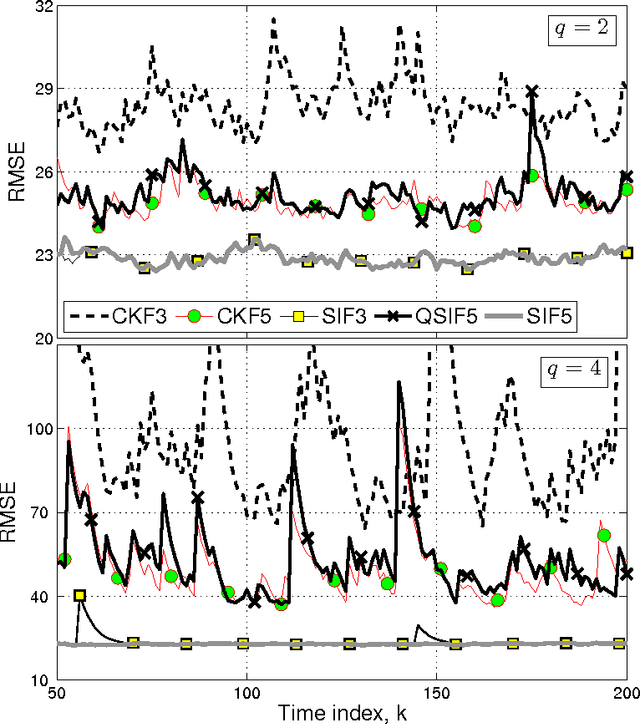

Abstract:We obtain a class of higher-degree stochastic integration filters (SIF) for nonlinear filtering applications. SIF are based on stochastic spherical-radial integration rules that achieve asymptotically exact evaluations of Gaussian weighted multivariate integrals found in nonlinear Bayesian filtering. The superiority of the proposed scheme is demonstrated by comparing the performance of the proposed fifth-degree SIF against a number of existing stochastic, quasi-stochastic and cubature (Kalman) filters. The proposed filter is demonstrated to outperform existing filters in all cases.
Automatic Selection of the Optimal Local Feature Detector
May 19, 2016
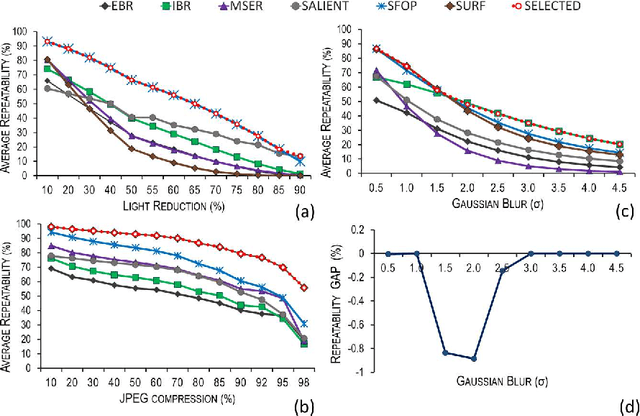
Abstract:A large number of different feature detectors has been proposed so far. Any existing approach presents strengths and weaknesses, which make a detector optimal only for a limited range of applications. A tool capable of selecting the optimal feature detector in relation to the operating conditions is presented in this paper. The input images are quickly analyzed to determine what type of image transformation is applied to them and at which amount. Finally, the detector that is expected to obtain the highest repeatability under such conditions, is chosen to extract features from the input images. The efficiency and the good accuracy in determining the optimal feature detector for any operating condition, make the proposed tool suitable to be utilized in real visual applications. %A large number of different feature detectors has been proposed so far. Any existing approach presents strengths and weaknesses, which make a detector optimal only for a limited range of applications. A large number of different local feature detectors have been proposed in the last few years. However, each feature detector has its own strengths ad weaknesses that limit its use to a specific range of applications. In this paper is presented a tool capable of quickly analysing input images to determine which type and amount of transformation is applied to them and then selecting the optimal feature detector, which is expected to perform the best. The results show that the performance and the fast execution time render the proposed tool suitable for real-world vision applications.
Assessing The Performance Bounds Of Local Feature Detectors: Taking Inspiration From Electronics Design Practices
Oct 17, 2015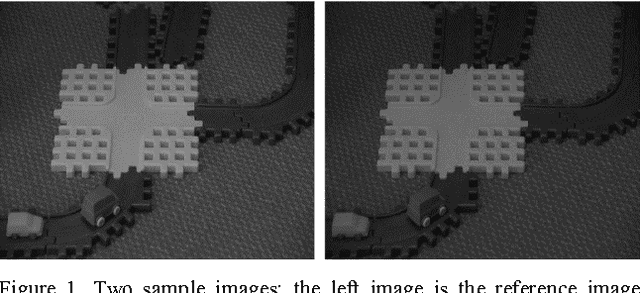
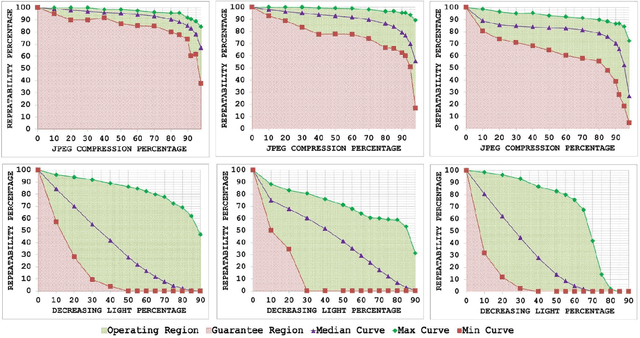
Abstract:Since local feature detection has been one of the most active research areas in computer vision, a large number of detectors have been proposed. This has rendered the task of characterizing the performance of various feature detection methods an important issue in vision research. Inspired by the good practices of electronic system design, a generic framework based on the improved repeatability measure is presented in this paper that allows assessment of the upper and lower bounds of detector performance in an effort to design more reliable and effective vision systems. This framework is then employed to establish operating and guarantee regions for several state-of-the art detectors for JPEG compression and uniform light changes. The results are obtained using a newly acquired, large image database (15092 images) with 539 different scenes. These results provide new insights into the behavior of detectors and are also useful from the vision systems design perspective.
 Add to Chrome
Add to Chrome Add to Firefox
Add to Firefox Add to Edge
Add to Edge